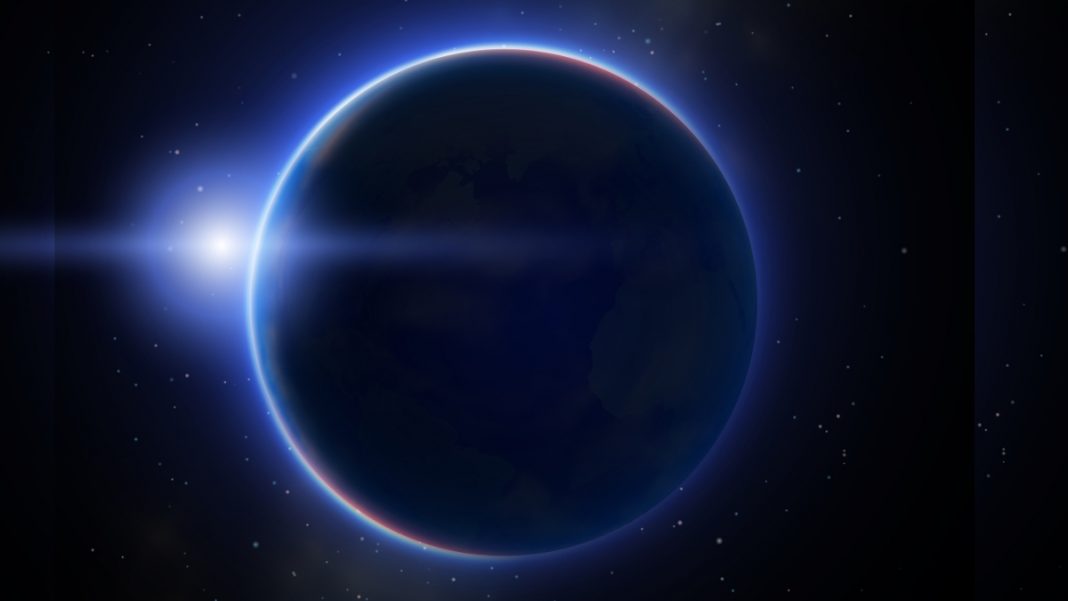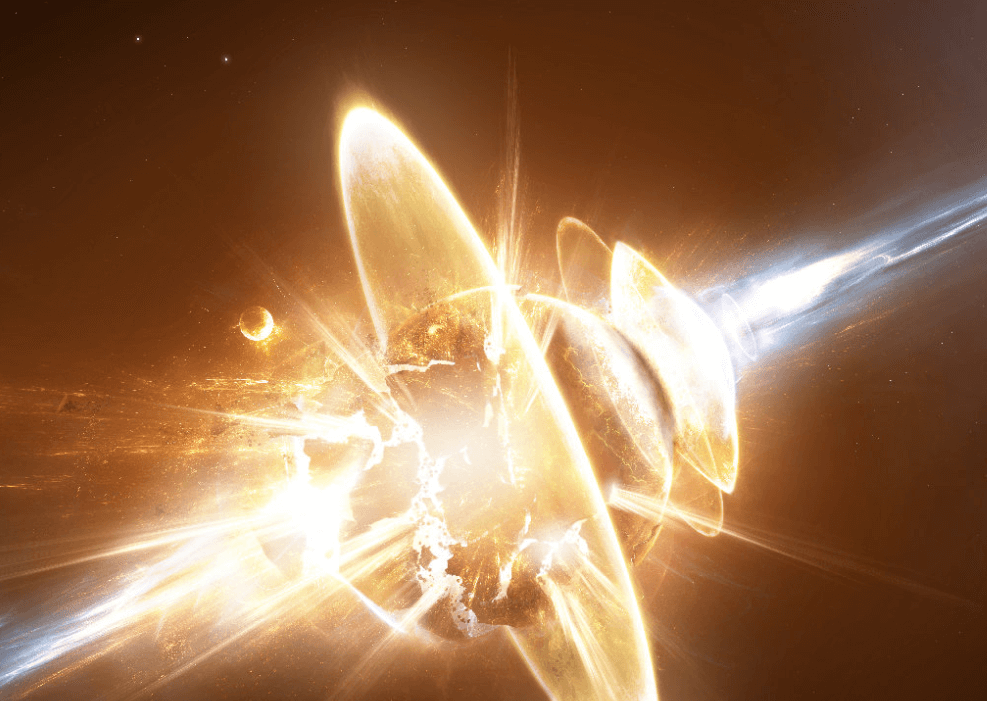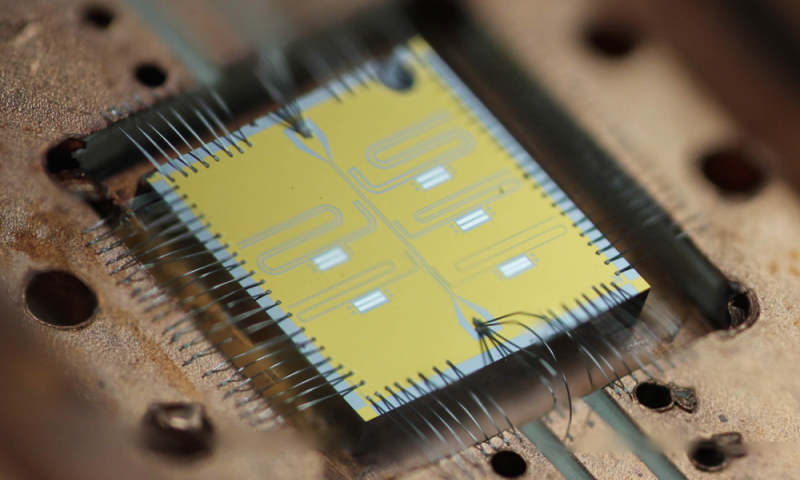There are a lot of things lurking in in the Kuiper Belt, dwarf planets like Pluto, asteroids and other Kuiper Belt Objects (KBO), and possibly the 9th planet in our solar system called Planet 9. But according to new research by Renu Malhotra and Kat Volk from the University of Arizona, there may be another massive planet hiding out in the Kuiper belt.
Neither Planet 9 or this new large object have been sighted yet, but the scientist has ways of intuiting the existence of objects without seeing them. Malhotra explains.
“Imagine you have lots and lots of fast-spinning tops, and you give each one a slight nudge . . . If you then take a snapshot of them, you will find that their spin axes will be at different orientations, but on average, they will be pointing to the local gravitational field of Earth.”
She adds: “We expect each of the KBOs’ orbital tilt angle to be at a different orientation, but on average, they will be pointing perpendicular to the plane determined by the sun and the big planets.”
However, the way the KBO are shifting indicates the gravity of something bigger and closer than Planet 9. Since the chance of an anomaly is only one to two percent, there is more than likely a rogue planet out there.
Rogue planets are planets that have been ejected from the systems for one reason or another and have traveled close enough to the Sun to be caught in its gravity. More than mysteriously changing orbits of KBO’s, rogue planets can present a danger to other planets in the system. In simulations, rogue planets get kicked out of the solar system 60 percent of the time, but in 10 percent of cases, these rogue planets destroy another planet on the way out.
Maybe it will be Uranus, the closest neighbor. Or Jupiter, the biggest target. Or maybe even Earth.
More News to Read











